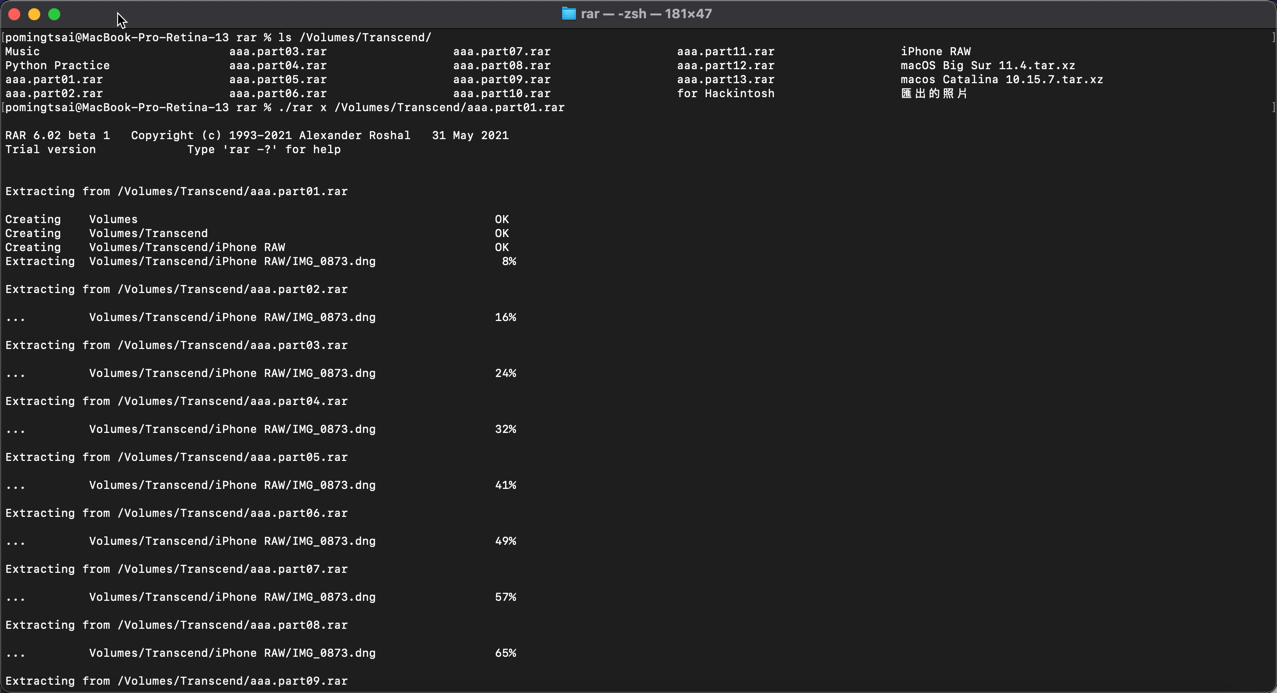

So: It's not there yet, but note that JDKs for ARM have been available for more than decade, and whilst JDK 15 has dropped support for a bunch of exotic OS/architecture combinations (such as Solaris), ARM development has always remained at least partially relevant (even if so far it's mostly an Oracle commercial license offering). That (probably) won't run on macOS on M1 hardware, but that's 95% of the work already done. If you instead leave Operation System on 'any', you'll note aarch64 is in there, and this gets you to a Linux release for ARM processors. Possibly, as Apple no doubt has a bunch of extensions built into their M1 designs, and Apple gets its own.
#WINRAR MAC M1 FOR MAC#
Hopefully, this instruction “How to use WinRAR for Mac OS” will help you to get acquainted with the archiver functionality closer.On this page: AdoptOpenJDK Latest Releases you can select 'macOS' from the 'Operating System' dropdown, and then from 'Architecture', it's currently only 圆4, but soonish there should be AArch64 or ARM64 (those are usually the shortcodes for 64-bit ARM).
#WINRAR MAC M1 INSTALL#
In case you choose such an app, you won’t need to install RAR separately, cause apparently this module Is included into the distributive package of such a program tool. Instead, you may use some of the different archivers, which apply the RAR module as part of its primary functionality (like The Unarchiver, for instance). If you want to operate with RAR-archives using graphical interface, the standard RAR app won’t allow you this possibility. The logic and abilities of “unrar” command line utility are presented on the following screenshot:
#WINRAR MAC M1 HOW TO#
In general, the common commands, which you can type in the terminal, are represented on the screenshot: How to extract files from the RAR archive: As a result, the contents of the source directory will be added to proper archive with defined name. In this command you should replace the source directory name and archive name parameters with the corresponding values.

from the Finder utility menu click Go Go to Folder “usr/local/bin”.copy the following files from resulted folder: unrar, rarfiles.lst, rar and default.sfx.open and extract the downloaded TAR archive with embedded Archive Utility.
#WINRAR MAC M1 FOR MAC OS#
Download the latest stable build for Mac OS

In addition to builds for Windows and Linux, the WinRAR developers release and constantly update the version of the archiver for Mac OS and entitled it as simple - RAR.


 0 kommentar(er)
0 kommentar(er)
